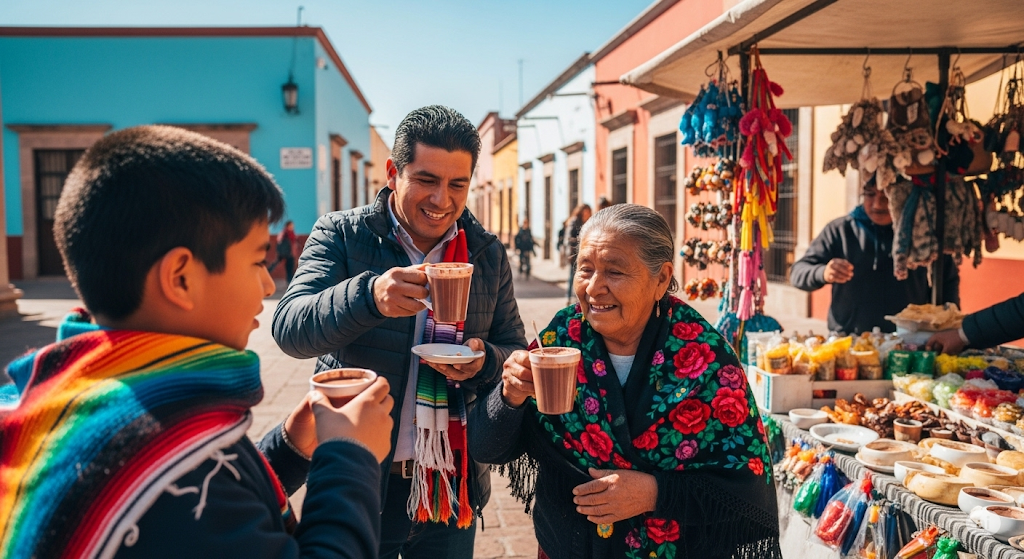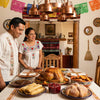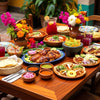Sacred Bean to Sweet Treat: The Enduring Chocolate Culture of Mexico

Mexico and Chocolate
I hope you will agree with me when I say that there’s just something about chocolate. When we think of chocolate today, images of Swiss truffles or Belgian pralines might come to mind. But to truly understand the origins and profound cultural significance of chocolate, we need to look to its birthplace: Mexico! For millennia, long before it graced European palaces, chocolate was a revered, integral part of Mesoamerican civilizations.
Mexico chocolate and ritual
Did you know that the Olmecs are believed to be the first to cultivate cacao around 1500 BC? Later, the Maya and Aztec elevated cacao to a sacred status. It wasn't consumed as a sweet treat, but rather as a bitter, frothy beverage, often flavored with chilies, vanilla, or annatto. This "food of the gods" was central to religious ceremonies, used as currency, and enjoyed by royalty and warriors for its stimulating and invigorating properties. It is no wonder that we still love it! I mean, it IS sacred.
The arrival of the Spanish in the 16th century marked a turning point. While initially wary of the bitter drink, Europeans eventually adopted and adapted chocolate, adding sugar and other spices to suit their tastes. Cacao beans were shipped across the Atlantic, and chocolate began its journey to global renown.
However, in Mexico, chocolate never lost its soul. Despite the European influence, traditional methods and recipes persisted, evolving alongside new ideas. Today, Mexican chocolate remains distinct. It's often characterized by its coarser texture, a result of being ground rather than conched, and its unique flavor profile, often still incorporating cinnamon and other spices that harken back to its ancient roots. De-lish!
Mexican chocolate is good for the soul
From the vibrant markets of Oaxaca, where you can find artisans grinding cacao by hand, to the everyday tables where a warm cup of champurrado (a thick, masa-based chocolate drink) offers comfort ... chocolate continues to weave itself into the fabric of Mexican life. It's hugely present in Mole Poblano, a rich and complex savory sauce, and in traditional sweets and drinks that honor its heritage. The development of chocolate culture in Mexico isn't just a historical footnote; it's a living, breathing tradition. It's a testament to the enduring legacy of indigenous cultures and a reminder that the true essence of chocolate lies not just in its taste, but in the rich history, rituals, and communities that have cherished it for thousands of years. So, the next time you savor a piece of chocolate, remember the journey it took, starting right in the heart of Mexico.





